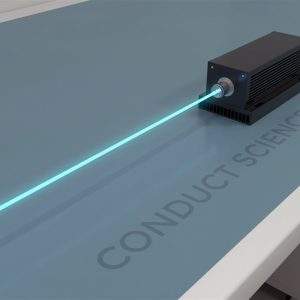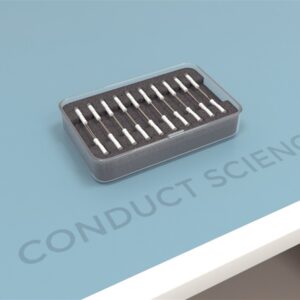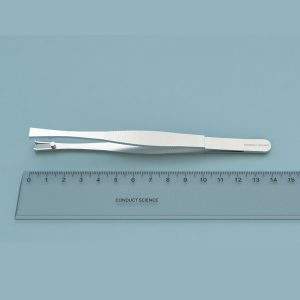$0.00
Stereotaxic for Mouse – Digital version.
At present, optogenetics, electrophysiology, microscopy and other technologies have been widely used in experiments to study brain function. However, due to the limitations of technical requirements, in vivo studies are mainly conducted on anesthetized animals, which cannot simulate a real or natural environment. Therefore, how to study awake animals (i.e., freely moving animals) has become a current scientific research difficulty. The SCM100D series of awake mouse positioning devices developed by our company place awake mice in several behavioral experimental scenarios, fix the skull, accurately locate the brain area, and further conduct experiments such as optogenetics, electrophysiology or microscopy. It helps scientific researchers to detect the function of mouse neurons, understand the complexity and diversity of brain information transmission, understand the function of brain nuclei, and understand the pathogenesis of certain brain-related diseases (such as Alzheimer’s disease and epilepsy), which provides guidance for the prevention and treatment of these related neurological diseases in human medicine.
This instrument comes with a set of rat adapters and a pair of ear bars

Conduct Science is a premier manufacturer of research infrastructure, born from a mission to standardize the laboratory ecosystem. We combine industrial-grade precision with a scientist-led tech-transfer model, ensuring that every instrument we build solves a real-world experimental challenge. We replace "home-brew" setups with validated tools ranging from microsurgical suites to pathology systems. With a track record of >1,600 institutional partners and hundreds of citations, our equipment is engineered to minimize human error. We help you secure more data for less of your budget, delivering the reliability required for high-impact publication.



bool(false)
At present, optogenetics, electrophysiology, microscopy and other technologies have been widely used in experiments to study brain function. However, due to the limitations of technical requirements, in vivo studies are mainly conducted on anesthetized animals, which cannot simulate a real or natural environment. Therefore, how to study awake animals (i.e., freely moving animals) has become a current scientific research difficulty. The SCM100D series of awake mouse positioning devices developed by our company place awake mice in several behavioral experimental scenarios, fix the skull, accurately locate the brain area, and further conduct experiments such as optogenetics, electrophysiology or microscopy. It helps scientific researchers to detect the function of mouse neurons, understand the complexity and diversity of brain information transmission, understand the function of brain nuclei, and understand the pathogenesis of certain brain-related diseases (such as Alzheimer’s disease and epilepsy), which provides guidance for the prevention and treatment of these related neurological diseases in human medicine.
Model | Description | Remarks |
|---|---|---|
CS-SAMP-30-1351 | Awake Mouse Positioning Apparatus | Single arm, digital display, [turntable] |
CS-SAMP-30-1352 | Awake Mouse Positioning Apparatus | Single arm, digital display, [rolling ball] |
CS-SAMP-30-1353 | Awake Mouse Positioning Apparatus | Single arm, digital display, [roller] |
CS-SAMP-30-1354 | Awake Mouse Positioning Apparatus | Single arm, digital display, [drum] |
CS-SAMP-30-2091 | Awake Mouse Positioner Accessories | Any 3-piece set (turntable, ball, wheel and drum) |
CS-SAMP-30-2092 | Head fixation board for awake mice | Metal, 10 pieces/pack_ Consumables |
| positioner | 3-Piece set |
|---|
You must be logged in to post a review.
There are no questions yet. Be the first to ask a question about this product.
Reviews
There are no reviews yet.